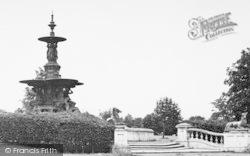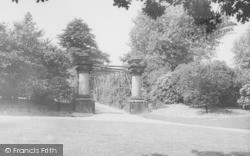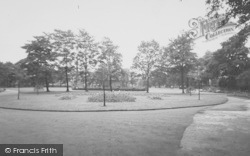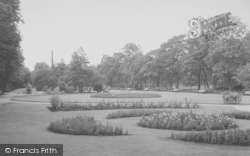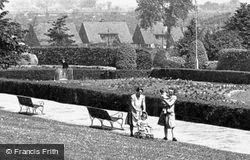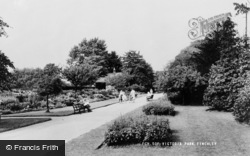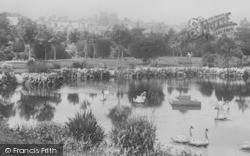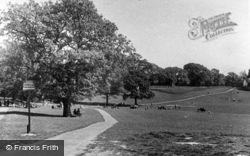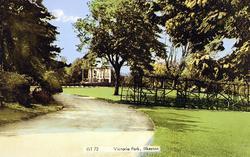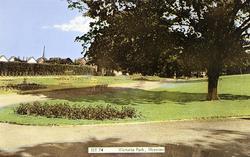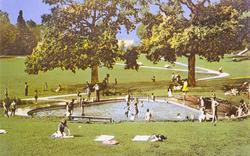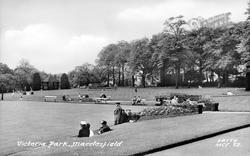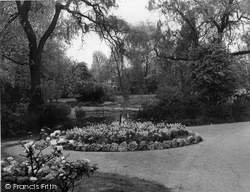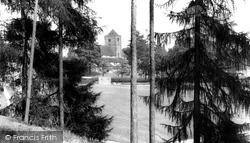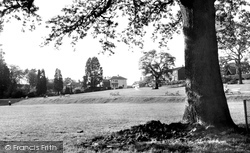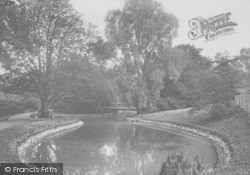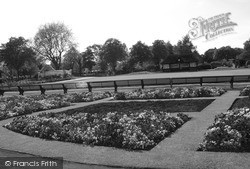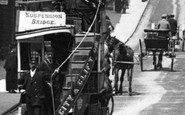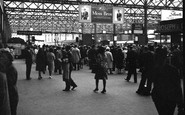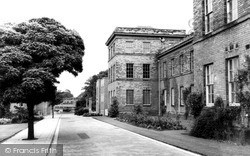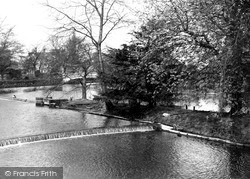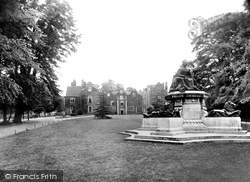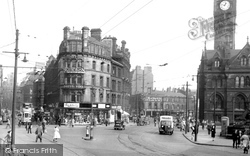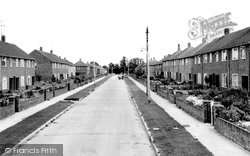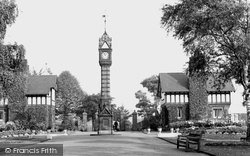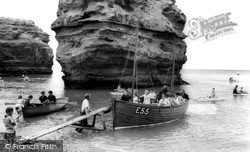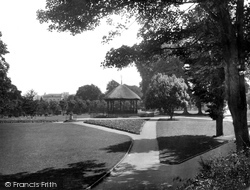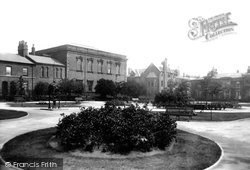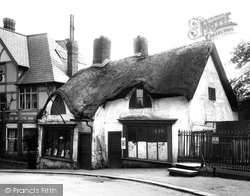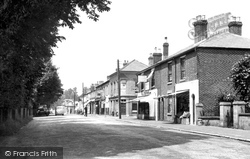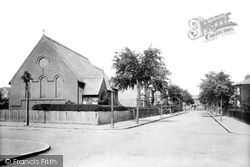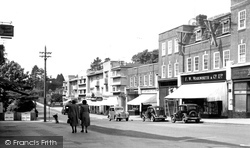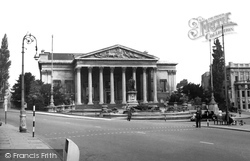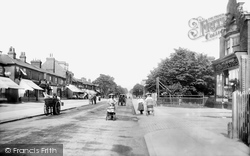Places
1 places found.
Those places high-lighted have photos. All locations may have maps, books and memories.
Photos
211 photos found. Showing results 21 to 40.
Maps
5 maps found.
Books
Sorry, no books were found that related to your search.
Memories
128 memories found. Showing results 11 to 20.
Lewis's Department Store
Worked as a Saturday girl in 1970s and then in summer holidays as a Student. So sad to see that famous building with the naked man Statue so part of our heritage now derelict and deserted. Lived near Victoria Park Waterloo ...Read more
A memory of Crosby
Born In Fenny Stratford
I was born at number 8 Woodbine Terrace; in attendance was nurse Brinklow the local midwife and Dr Gleeve. My parents were Jim and Vera Cusack. Just after the begining of the war my mother, ...Read more
A memory of Fenny Stratford in 1948 by
Years Gone By
I was born at 22 Victoria Street, Harthill and went to Harthill Primary School. I lived with my mum, Mary Carson, and grannie and grandad Margaret and Jimmy Carson until we left for England about 1954-55. I ...Read more
A memory of Harthill in 1947 by
Victorian Horse Drawn Omnibus On The Park Street
This shows an early Victorian horse-drawn omnibus on the Park Street, Clifton, City Centre Bristol Zoo route. The fleet commenced with various horse trailers, totalling 109 with 678 horses. These were ...Read more
A memory of Bristol in 1900 by
Grandfathers Memories
My grandfather was born in Cobham on Painshill. My memory is that it was on a slight hill with a slight bend, the Greenline bus used to stop near the old home, it was a cottage with a porch and had a very thick door with big ...Read more
A memory of Cobham in 1946 by
Victoria Park Latchford
I remember when there used to be a place in Victoria Park, Latchford, called `The Pavillion'. It had a row of bushes beside it - dividing it from a sunken paddling pond that had rather ornate brick walls around it and steps ...Read more
A memory of Warrington in 1945
Moving To Whitefield
I moved to Whitefield from Birmingham just before my 5th birthday. We went to live on Hill Top Close. We lived at the last house and there was nothing but fields for miles. I went to school on the bus every morning as it ...Read more
A memory of Whitefield in 1952 by
The Hub Of My Young Universe
London's main railway stations truly are wonderful and Charing Cross was the one that I frequented the most as I travelled every weekday from Woolwich Arsenal in SE London to Green Park Underground, near the great Victoria ...Read more
A memory of London in 1959 by
A Very New Broadway
In 1962 my parents and I (12 years old) moved from Bristol to open Victoria Wine (later to become the Wine Market before reverting back to Victoria Wine). There were still several empty units awaiting occupation. I can recall ...Read more
A memory of Plymstock in 1962 by
Play
I know records will prove me wrong, but summer seemed to start around the beginning of May and last until getting on to Bonfire night. We walked to Witton-le-Wear night after night to swim then walked home or, if we were lucky, got a lift ...Read more
A memory of Howden-le-Wear by
Captions
78 captions found. Showing results 25 to 48.
Designed by Shirley Harrison in 1913 in a classical yet economical style, the rendered brick building sits well in its very formal garden, close to Victoria Park and to Lutyens' War Memorial.
Later, the level of some of the surrounding land was raised, and Victoria Park was opened in 1908.
A monument to Queen Victoria stands in the park in front of the 16th-century Christchurch Mansion.
The statue of Queen Victoria graced the square from May 1904. A crowd of 70,000 cheered the Prince and Princess of Wales, who were also here to open the Bradford Exhibition at Lister Park.
Along the Tring Road, the late 19th century saw the arrival of factories and the cemetery seen in earlier views, and also housing developments such as the Edwardian Queen's Park or the 1890s Victoria Park
The revised fair was centred upon Victoria Park. Any livestock connection was purely coincidental, as the procession of floats gathered (or should that be 'mustered'?)
In direct contrast to the Pavilion by James Tate in Abbey Park, here is a brick and render symmetrical watered-down vision of the future as seen through the eyes of the Council of the early 1960s in
The clock tower stands just inside the main entrance to Queen's Park.
Towards the end of Queen Victoria's reign, Ladram Bay had become a popular destination for trippers, who would arrive by boat from neighbouring resorts.
Admiral of the Fleet Earl Mountbatten of Burma and Lord Palmerston, Conservative Prime Minister during Queen Victoria's reign, both lived here.
The thatched bandstand was not built when the Park was opened, but was added as part of Queen Victoria's Diamond Jubilee celebrations.
The former private gardens of the residents of Palmyra Square were purchased in 1897 as a park to celebrate Queen Victoria's Diamond Jubilee, and were opened to the public on the 17th of October 1898.
This picture was taken in early June 1897 as preparations were made for Queen Victoria's Diamond Jubilee procession to pass up the park-side road from Piccadilly.
It once stood in Winnington Lane, near to the Victoria Hospital. The gateway through the iron railings on the right leads into the Verdin park, which lies just behind.
Pevsner described Netley as 'a Victorian period piece'; its streets of neat family villas and rows of renovated ter- raced cottages overlooking Southampton Water are certainly striking.
This area, between Victoria Road and Heath Park Road to the north and Brentwood Road to the south, was developed from the latter part of the 19th century until just before the First World War.
Facing Victoria Park, these 1930s shops and flats combine attempts at rendered Moderne architecture with safer Neo-Georgian sash windows and brick.
South Road was, and still is, the main east/west route through the town, passing St Wilfrid's Church and Victoria Park with distant views of the South Downs; it encouraged en route travellers
Designed by Charles Dyer, the Victoria Rooms were built between 1838 and 1842.
In the section of the park beyond Marlborough Road, Edward Davis erected this obelisk to the then Princess Victoria in early 1837 for Bath to commemorate the 'attainment of her majority'.
Victoria Road, leading to Heath Park on the south side of the railway, provides the photographer with a catwalk for an Edwardian fashion parade.
Admiral of the Fleet Earl Mountbatten of Burma and Lord Palmerston, Conservative Prime Minister during Queen Victoria's reign, both lived here.
Pevsner described Netley as 'a Victorian period piece;' its streets of neat family villas and rows of renovated terraced cottages overlooking Southampton Water are certainly striking.
Victoria Road, leading to Heath Park on the south side of the railway, provides the photographer with a catwalk for an Edwardian fashion parade.
Places (1)
Photos (211)
Memories (128)
Books (0)
Maps (5)




